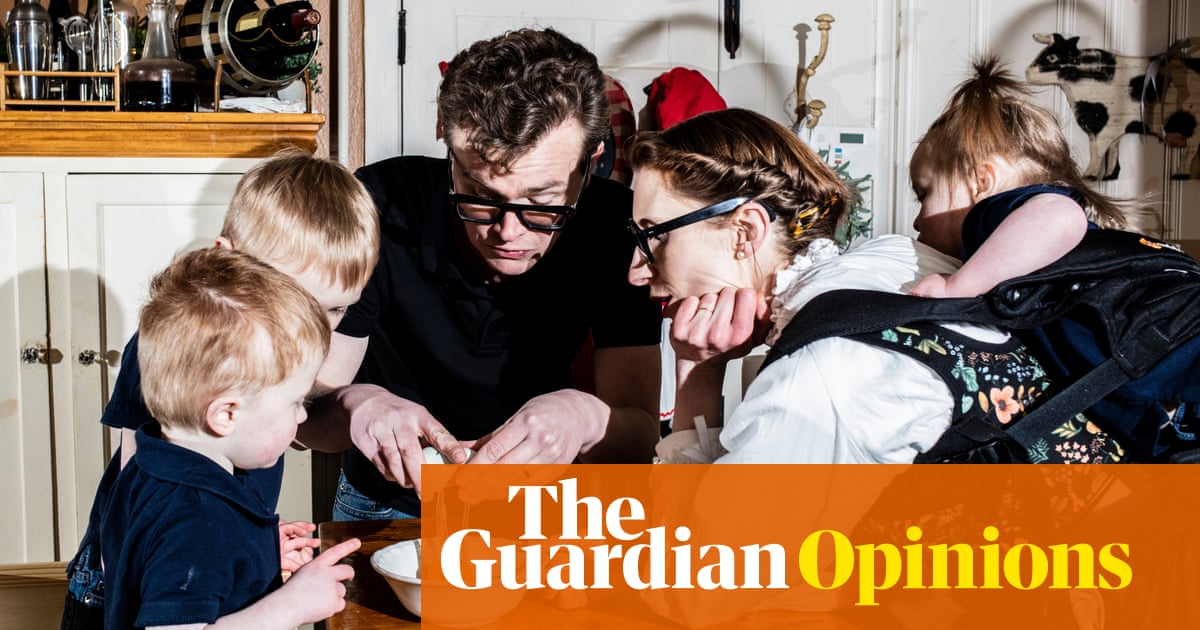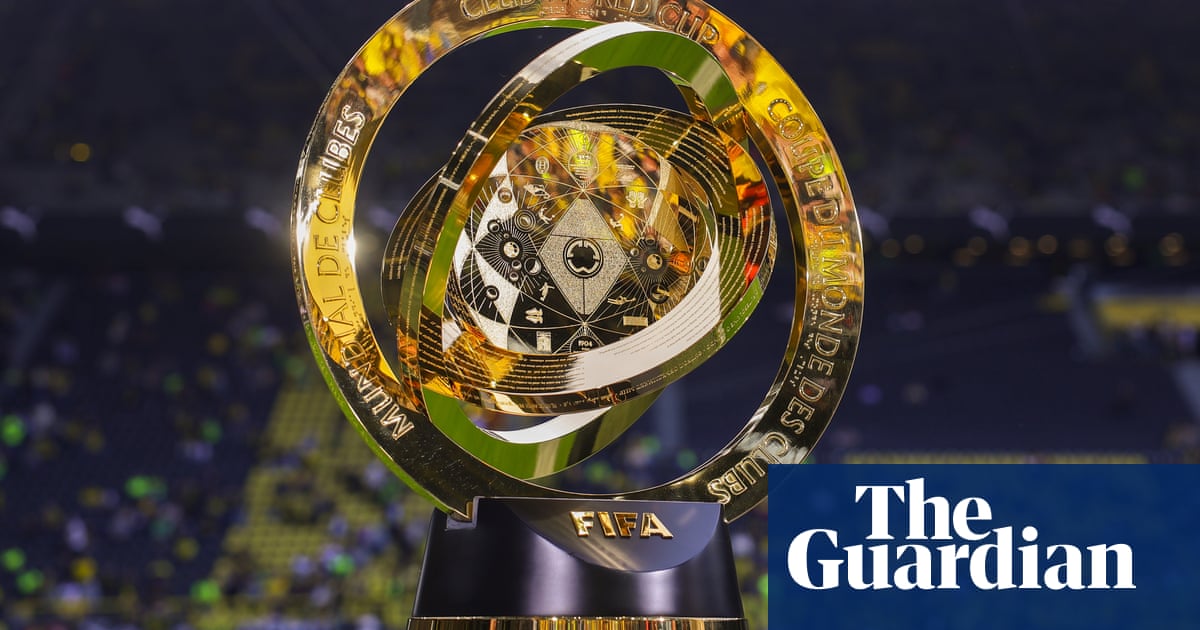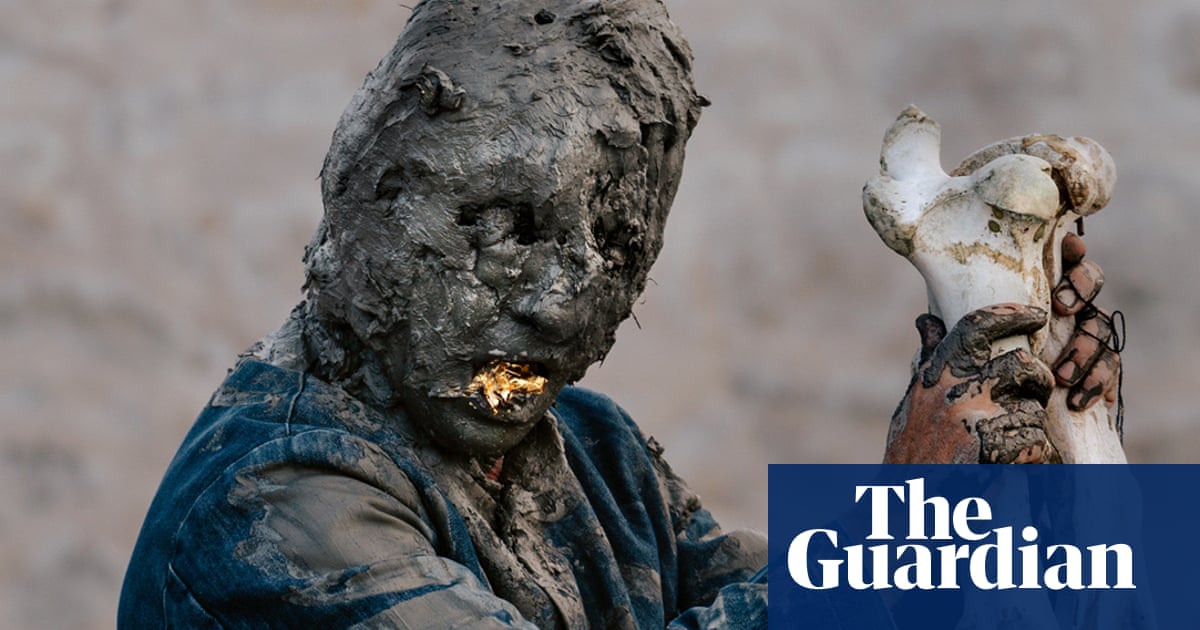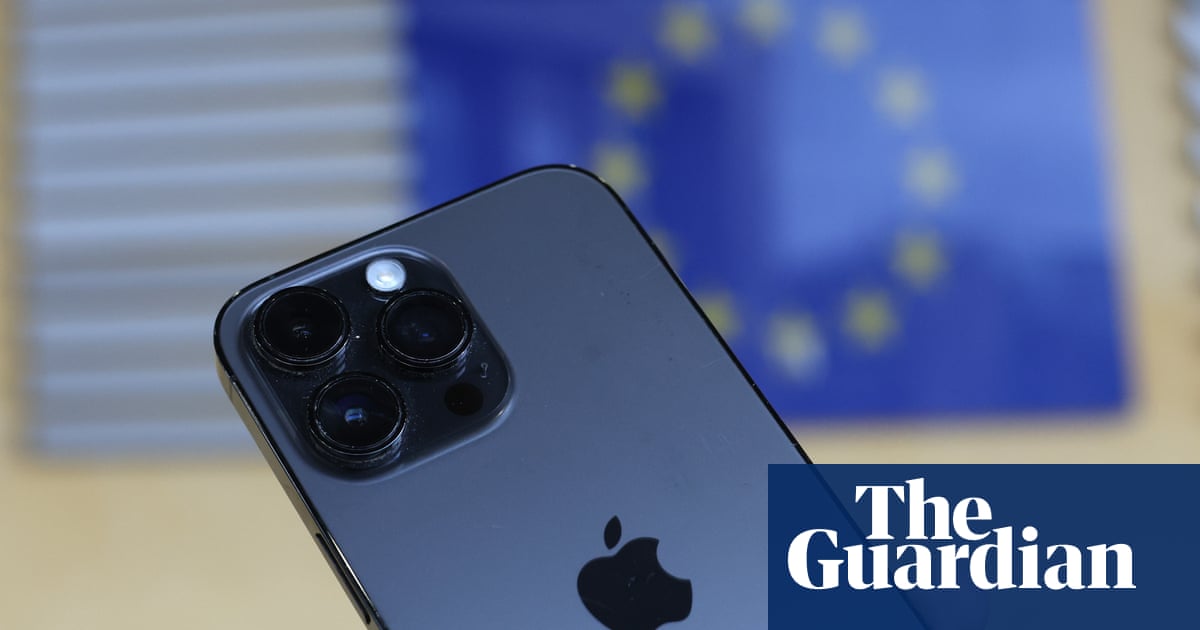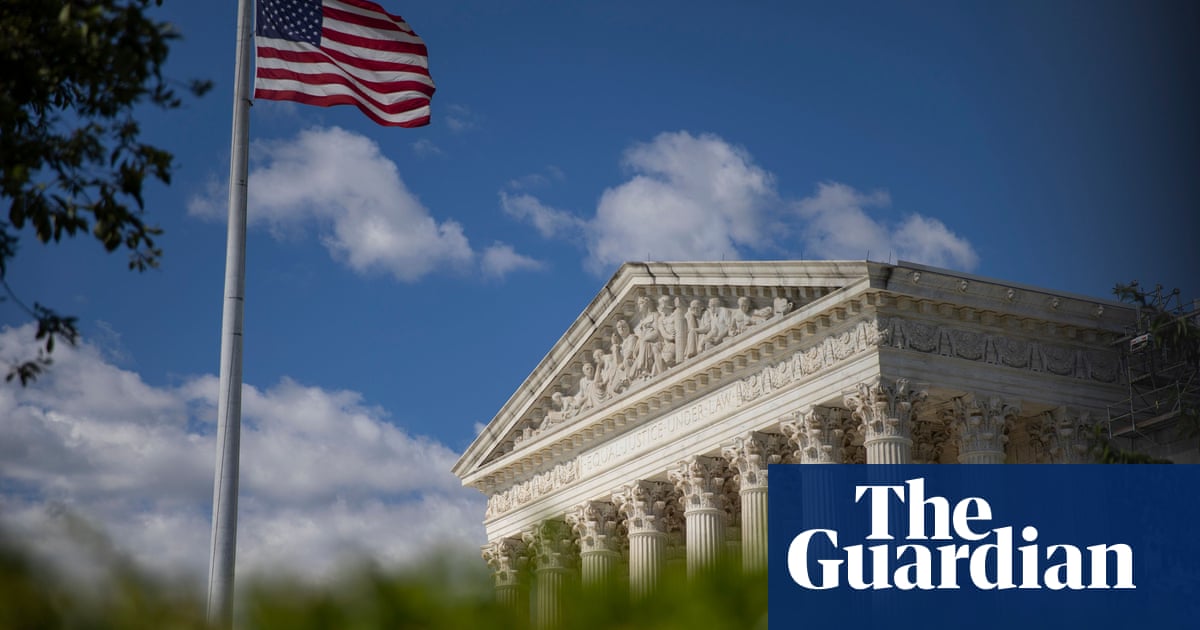
Peter was working late, watching two roulette tables in play at a London casino, when he felt something stir behind his right eye. It was just a shadow of sensation, a horribly familiar tickle. But on that summer night in 2018, as chips hit the tables and gamblers’ conversation swelled, panic set in. He knew he only had a few minutes.
Peter found his boss, muttered that he had to leave, now, and ran outside. By then, the tickle had escalated; it felt like a red-hot poker was being shoved through his right pupil. Tears flowed from that eye, which was nearly swollen shut, and mucus from his right nostril. Half-blinded, gripping at his face, he stumbled along the street, eventually escaping into a company car that whisked him home, where he blacked out.
Every day that followed, Peter, then in his early 40s, would experience the same attack at 10am, 2pm and 6pm, like perfect clockwork. “Oh God, here it comes,” he’d think to himself, before fireworks exploded in his temple and the poker stabbed into the very roots of his teeth, making him scream and sometimes vomit.
“It just grows, and it thumps, and it thumps, and it thumps with my heartbeat,” said Peter, recalling the pain.
Peter had experienced these inexplicable episodes since he was a kid, always in the summer. An attack left him shaking and exhausted, and waiting on the next bout was a kind of psychological torture – within the short respites, he dreaded the next.
Once, when Peter felt one starting, he threw on his shoes and sprinted through the streets of south London. He didn’t care which turns he took. Maybe if he ran fast enough, his lungs full of air, he could outrun the thing. His heart pumped in his chest, more from fear than the exercise itself. When the pain escalated to an unbearable pitch, he slowed to a stop, dry heaving, and sat down to press on his eye. He was three miles away from home.
In 2016, while experiencing attacks that made the word headache seem bitterly inadequate, Peter saw his National Health Service general practitioners three to four times a week. He tried to describe his clockwork cycles, the agony – and they seemed to think that he was making it up. Multiple doctors diagnosed him with chronic migraine, but the migraine medications they prescribed did nothing.
“I was getting desperate,” Peter said when we first spoke in November 2023. “I actually told the doctors, after my fourth week of coming back, like, ‘I’m ready to fucking kill myself here. I need someone to take some ownership here, because none of you, none of what you’re doing is helping.’”
Finally, Peter paid for a private neurologist who diagnosed him with episodic cluster headache (CH), or what experts have nicknamed “suicide headaches”.
CH is a rare headache disorder that affects up to 0.1% of the global population. More men are diagnosed with CH than women, though women might be more likely to be misdiagnosed with migraine due to their reports of severe pain not being taken seriously. People with CH have rated the pain at 9.7 out of 10 – worse than childbirth at 7.2, a gunshot wound at 6 and a migraine at 5.4. Right now, much of the limited research on CH is happening in the US. Cluster headache patients are 20 times more likely to take their own lives than the US average. More than half of American cluster headache patients have considered killing themselves, and almost 20% have lost a job due to their debilitating condition.
Still, episodes are often dismissed as “just headaches” by family, employers and doctors. Patients see neurologists who aren’t aware that CH exists, and even headache disorder experts still don’t understand how CH operates in the brain – or how to make it stop.
Instead of trying to tolerate a level of chronic agony that doesn’t feel survivable, patients with CH have taken to experimenting with their own pain, their own bodies and psychedelic drugs.
Red Bull, masturbation and other desperate measures
On a Reddit forum called r/clusterheads, people with CH from around the world have built a subculture around unconventional home remedies to stop or lessen their pain. Some chug multiple Red Bulls or 5-Hour Energy when they feel one coming on. Others swear by large doses of vitamin D, or dunking their head in a bucket of ice water. Some start masturbating – anything to physically shock their body out of an attack. Many report self-injurious acts in desperate attempts to relieve the pain, like banging the side of their head against a wall. “My wife has to stop me from gouging out my eye with a spoon,” one patient told me.
The “clusterheads”, as many people with CH call themselves, post the results of their self-experimentation on the subreddit and compare notes. They commiserate, too.
“Mid-30s female. Pain is … worse than childbirth or tooth pain … it’s like my head has exploded into an electric storm,” reads one such post.
Caregivers, many of whom are traumatized by having to watch their loved ones in distress, log in seeking advice. Multiple clusterheads write that they have developed a phobia of going to sleep, as attacks often occur at least once at night, thought to be triggered by the REM cycle. When someone writes that they can no longer deal with the pain, others encourage them not to give up. That kind of support can be life-saving – one moderator of the subreddit, who identified himself as Sean L, believes it so crucial that he said he dedicates two to three hours every day to responding and offering advice to suffering clusterheads.

Sophia Lorenzo, a DJ in Austin, Texas, found r/clusterheads six years ago and relies on the online community as she lives with episodic CH. “Knowing that other people are going through it too, it makes me feel less alone. Like I’m not crazy. That this will pass. The community has really saved me in more ways than one,” Lorenzo, 36, said.
Like Peter, Lorenzo was misdiagnosed with migraine for years by her doctors in Texas, and was prescribed seizure medication that didn’t work. In the midst of unmedicated cluster attacks that made her scream, vomit and black out, she sometimes hit herself on the painful side of her head. “I was violent with myself at first,” she said.
On the subreddit, clusterheads discuss treatments for CH: how to obtain a prescription for them, and their shortcomings. High-flow medical oxygen is the only known, reliable method of aborting an attack that works for 74% of CH patients. However, many neurologists in the US don’t know how to prescribe oxygen for CH, because it’s not approved by the Food and Drug Administration. When oxygen is prescribed, the tanks are often an out-of-pocket expense that many patients cannot afford. When Lorenzo was at last correctly diagnosed with CH in 2015, the insurance provided by her local musician health alliance did not cover her oxygen.
Triptan drugs, a class of migraine medication, can abort CH attacks but are not advisable to take more than 10 days a month for risk of organ damage. Lorenzo took triptans regularly for five years until a doctor told her they were damaging her kidney health. Clusterheads also believe that taking triptans for too long can make an episodic patient “go chronic”, eliminating periods of remission between cluster cycles, which is their worst nightmare.
In 2019, Emgality became the first-ever drug approved by the FDA for the treatment of both migraine and cluster headache, and it works for many patients. However, some clusterheads say the once-monthly injection can take months to take effect, at which point their CH cycle might already be over.
Clusterheads want something that can flip a switch in the brain and turn the clusters off. Presented with less than ideal pharmaceutical options, most are now urging each other to try magic mushrooms.
‘Busting’ the cycle with shrooms
In the summer of 2021, Peter’s cycle didn’t stop as it usually did at the six-week mark. The neurologist had prescribed Peter triptan tablets, and he was popping up to three a day to stay semi-functional while holding down his casino job. He had the pills stashed in every jacket, in the pockets of his jeans, in his car’s glove compartment, terrified of an attack starting without having one on hand. Six long months passed.
In early 2022, the casino was forced to close its doors, its finances suffering from the pandemic. Peter suddenly had no income, and his marriage felt strained. His wife didn’t understand how he could be so affected by something as mundane as headaches. Peter no longer felt like the same person she had married. She asked him for a divorce, and he moved into a flat outside of London to be closer to his elderly father, whose health was rapidly declining. That summer, he entered the 11th month of his cycle. Over-taking triptans for a six-week episode is one thing – taking them for nearly a year is another, and Peter’s tally was over 1,000 tablets. He felt constantly sick.
“For that period of time, the only comfort I had was the thought that, if this gets too bad, I can just end it. And it wasn’t a threat, it was just … a promise of release. I won’t have to go through this anymore,” he said.
Alone in his flat, Peter turned to the internet. He soon came across r/clusterheads, and with some shock, realized that these people were experiencing the same thing as him. What’s more, there was a sense of optimism there: multiple clusterheads were happily reporting that they had “busted” their cluster cycles using magic mushrooms.
Peter hadn’t taken a psychedelic drug since a bad LSD trip at a party when he was 17, but he was prepared to try anything. He found a seller in London and bought 12 grams of dried psilocybe mushrooms. (The possession of magic mushrooms, fresh or not, is illegal in the UK and carries a penalty of up to seven years in prison. For this reason, Peter is using a pseudonym.)
Peter planned to follow the busting regimen used by others on Reddit: three low doses, taken five days apart. He took his first two grams of magic mushrooms on a Sunday morning in July 2022. He felt a little odd about using the drug, and promised himself not to enjoy it. He turned on a cricket tournament on the television. The shrooms kicked in, and five or six hours flew by.
Peter realized that he hadn’t had an attack all day. Pleasantly surprised, he went to bed. To his shock, the next five days passed uneventfully.
“Then, I hit it again. This time, I just laid down, listened to music, didn’t give myself such a hard time as before, and it was a bit more enjoyable,” he said. “Not a peep in my head since.”
The cycle busted just before its first anniversary.
“And with any luck,” Peter said, “I may have conquered this thing.”
A scientist takes note
In 1998, a guy from Scotland with the username “Flash” posted on the early internet forum CH.com that he had taken LSD at a party and then subsequently skipped his next CH cycle. As the sociologist Joanna Kempner chronicles in her 2024 book Psychedelic Outlaws, Flash then tried drinking magic mushroom tea at the beginning of an attack. The pain, to his delight, dissipated within minutes. He posted these findings to CH.com. Others on the forum, skeptical but willing to try it out, began to report similar experiences when they drank magic mushroom tea.
Bob Wold, a coach for his kids’ Little League team in Illinois, was living through the depths of a CH cycle when someone from the forum shipped him a box of dried mushrooms. According to Kempner, he steeped them into a tea, watched a mesmerizing Fourth of July firework show, and successfully busted his cycle.
In 2002, Wold created Clusterbusters.org – the grandfather forum to the r/clusterheads subreddit – to compile the findings of the community’s self-experimentation with psychedelics. At the time, institutional psychedelic research had been largely abandoned in the US in the wake of the 1970 Controlled Substances Act, which criminalized hallucinogenic drugs like psilocybin, the active ingredient in magic mushrooms, MDMA and LSD as schedule 1 controlled substances. Though the group also experimented with LSD and MDMA, they focused most of their energies on magic mushrooms, which carried less societal stigma.

Within a few years, the community landed on a cycle-busting regimen that seemed to work for most people, most of the time: three doses ranging from just a microdose to three grams of shrooms, taken five days apart, preferably at the outset of an expected CH cycle. Some successfully used the regimen to stay in remission for years.
Emmanuelle Schindler, assistant professor of neurology at the Yale School of Medicine and medical director of the Headache Center of Excellence at the nearby Veterans Affairs hospital, was a graduate student studying the pharmacology of psychedelics when she first came across Clusterbusters.org. No one was conducting this level of research within American medical institutions: hundreds of patients using themselves as subjects to test the dosing and timing of psilocybin for best efficacy in aborting CH attacks and cycles, while trying to fix certain variables, like triptan usage. More than stopping attacks as they came, these citizen scientists wanted to “cure” CH itself with psychoactive drugs.
Cluster pain attacks the large trigeminal nerve, which snakes from the eye socket down into the jaw, but little else is known about how CH actually works. Schindler found the disorder’s strange patterns fascinating. Why the clockwork episodes? Why do attacks have such a violent onset, only to dissipate completely within 15 to 180 minutes? Why do some people have chronic CH that forgoes episodes altogether?
Using Wold’s data, directly sourced from 493 adults with cluster headache on Clusterbusters.org, Schindler co-authored a survey study that found 35.5% of subjects used “illicit substances” to treat themselves. The 2021 study was titled You Will Eat Shoe Polish If You Think It Would Help.
Next, Schindler directed the first-ever randomized, double-blind and placebo-controlled clinical trial in the US on psilocybin for the treatment of cluster headache patients. The significance of this, for the clusterhead community, cannot be overstated – there were very few studies on CH to begin with and no controlled trials in the US that set out to prove what clusterheads have theorized for decades: that psilocybin is an effective treatment for CH. (Psilocybin is approved for research by the FDA in the US, but not for medical use. Researchers in the UK must apply for a license to use the drug in studies at additional expense and delay.)
For the first trial, published in November 2022, Schindler gave patients in the midst of a cluster cycle either psilocybin or a placebo, and then tracked their attacks for the next eight weeks. In an extension trial, she repeated the experiment, giving all 10 returning patients psilocybin.
The results were highly suggestive: three doses of 10mg of psilocybin taken five days apart – the exact regimen developed by Clusterbusters in the early 2000s – cut patients’ average of 18.4 weekly cluster attacks in half. A small Danish study published in January 2024, using a similar psilocybin dosing regimen, further confirmed Schindler’s results.
“Clusterbusters … is how things started, because it certainly didn’t start with me. I’ve had people ask me how I thought of the idea to use psilocybin, but it’s been out there for decades already,” Schindler said.
Scientists cannot say for certain why psilocybin might be an effective treatment for CH. But they aren’t exactly surprised that it works for some patients, said Christopher Gottschalk, the chief of neurology at the Yale School of Medicine. Psilocybin activates serotonin receptors in the brain in the same way that triptans and other migraine medications do. Scientists suspect this chemical reaction rewires one’s circadian rhythm in a way that no existing medication can, preventing cycles long-term. Whatever mind-bending trip a patient takes while on the drug seems to be merely a side effect – a fun time, one hopes, but ultimately unnecessary to the treatment. Even a microdose has worked for patients. “It’ll probably take the rest of my career to find out how it’s working,” Schindler said.
While presenting her research at a New England symposium for headache research in March, Schindler told her peers that it was difficult to recruit patients with a rare disorder who were willing to participate in hallucinogenic studies, and discussed the ethical issue in giving patients a placebo rather than treatment as they suffered torturous cluster attacks. She also emphasized the need for continued funding.
Since the Trump administration froze funding to the National Institutes of Health (NIH) in January, hundreds of studies reportedly have been terminated and the NIH has announced a plan to cut billions of dollars from labs and universities across the country – including Schindler’s. Gottschalk and others take note when Robert F Kennedy Jr, who now oversees the FDA, expresses enthusiasm for psychedelic research, though that is hardly a promise of money in the next four years.

Schindler is still applying for NIH funding. But even before the cuts, she relied on grants from private foundations with interest in psychedelics to support her work because funding for headache disorder research is simply hard to obtain.
If NIH funding should be doled out proportionately to make the biggest impact for the most Americans, then research on migraine – the leading cause of disability for young women – is currently funded 10 times less in the US than it should be, according to Gottschalk. That makes CH all the more underfunded.
“In the last 25 years, the NIH has contributed something like less than $20m to anything even remotely related to cluster headache, which is crazy considering that, although, yes, it affects a small percentage of the population, it is also, as we now know, the single most painful condition on the planet,” Gottschalk said.
On 18 March, 250 cluster headache and other headache disorder patients gathered on the Capitol steps in Washington DC for Headache on the Hill, an annual event put together by the Alliance for Headache Disorders Advocacy (AHDA) and Clusterbusters. One mother flew in from Texas with her young daughter, who has suffered multiple headache disorders since she was a toddler. In a Texas congressman’s office that afternoon, the group asked a staffer for the representative that $30m in NIH funding be given to Headache Centers of Excellence across the US, like Schindler’s, for research. The staffer told the group that he would pass their ask along, and said that the Trump administration might have “made a mistake” in cutting NIH funding so severely from US labs.
Later, in a small discussion group of about 30 non-migraine headache disorder sufferers, someone asked who had been diagnosed with PTSD due to the pain they lived through. Almost everyone raised their hand.
‘We need professionals’
Several hours after Schindler presented her research at the symposium, Wold took the stage in a baseball cap to receive a lifetime achievement award for his contributions to headache disorder research. He recounted a story about a frustrated doctor who, having exhausted his list of medications, prescribed a .357 revolver to his friend with cluster headache. He implored the audience of New England scientists to study psychedelics for CH.
Some attendees at the symposium think the FDA might be more receptive to considering a non-hallucinogenic drug, such as BOL-148. Essentially LSD engineered to be non-hallucinogenic, the compound was first tested in Germany in 2010 to treat CH. When administered the drug three times, five days apart, four out of the five participating CH patients went into remission.
DMT vape pens, an increasingly popular psychedelic, were also of interest. Reports have circulated r/clusterheads and Clusterbusters, especially in the past year, claiming that one or two puffs can abort a cluster attack in less than one minute. Four different people with CH who tried vaping DMT told me the same (in confidence, as DMT is an illegal drug in the US and UK). CH patients say they are increasingly using DMT as their abortive and psilocybin as their preventative. Once again, Schindler will collaborate with citizen scientists to conduct a survey study, this time on DMT use.
Wold isn’t any more optimistic that magic mushrooms will be approved by the FDA to treat CH than he was 25 years ago. Even if they were, how helpful would the FDA’s approval be for CH patients? The FDA’s drafted guidance for the clinical use of psilocybin, which suggests how it might be regulated for public use in the future, recommends that two trained professionals are present to administer the drug. Wold emphasizes that CH patients would need it on demand and at home to be effective.
However, many argue that until psilocybin is approved for medical use, it will never be an equitably accessible solution. Many US patients fear a misdemeanor charge for possession of psilocybin, or a felony charge for cultivation – a fear echoed in other countries including the UK. Kempner and people within the community point out that those publicly discussing their at-home psychedelic use are disproportionately white, and therefore less likely to be targeted by law enforcement than Black and brown CH patients.
Wold estimates that about half of the CH community still refuses to try psychedelics or any other drug that is not approved by the FDA and prescribed by a doctor. This stance is understandable, and one Peter shares. When he’s holding a bunch of dried mushrooms in his hand, guessing at the amount of pure psilocybin they contain, he would prefer that a doctor, not a person on Reddit, tell him how much to take.
“As nice as the citizen science part of it is, we need professionals to give us definitive advice. And that, as drastic as it sounds, would save lives,” Peter said.
A walk in the woods
Every six months, in the summer and winter, Peter takes shrooms. He hasn’t had a single CH cycle since he busted his 11-month episode three years ago. Nevertheless, years of unmedicated cluster attacks took a toll, and Peter is currently in treatment for complex PTSD.
“I didn’t know why I couldn’t enjoy things anymore,” he said. “I find myself either in fight or flight, either angry or scared all the time. I don’t find a middle ground where I’m content or happy.”
Peter believes he has lost mental function due to overmedicating for almost a year with triptans. He often breaks off mid-sentence in conversation, and tries to scribble down the thought with pencil and paper before it dissipates into air. “I can’t hold a thread of thought for longer than 10 or 15 seconds anymore,” he said.
Apart from the clusters, Peter hopes the magic mushrooms will also do something to ease the symptoms of his PTSD and anxiety that he feels.
For his next dose, in June, Peter plans to take two grams of golden teachers and walk over to the woods by his place. He’ll put in headphones and play a song he enjoys. When the shrooms kick in, light will trace itself across his line of vision, as if through the slow exposure of a camera shutter. As his eyes follow the path, something behind them will soften. The color of the leaves will flicker, and nothing will hurt.
-
Sammie Seamon is a writer and MFA candidate at New York University. She has episodic cluster headache. This story was reported with support from the Ferriss-UC Berkeley Psychedelic Journalism Fellowship.
-
In the US, you can call or text the National Suicide Prevention Lifeline at 988, chat on 988lifeline.org, or text HOME to 741741 to connect with a crisis counselor. In the UK and Ireland, Samaritans can be contacted on freephone 116 123, or email [email protected] or [email protected]. In Australia, the crisis support service Lifeline is 13 11 14. Other international helplines can be found at befrienders.org

 2 hours ago
6
2 hours ago
6






